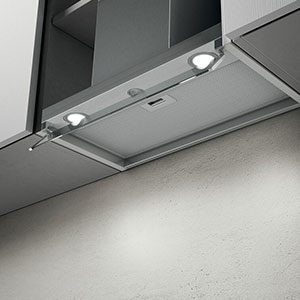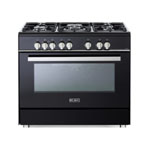In the realm of kitchen appliances, the terms “gas hob” and “gas stove” are often used interchangeably, leading to confusion among consumers. While both appliances serve the common purpose of cooking with gas, they differ in design, functionality, and installation. Let’s dive into the intricacies and unravel the culinary puzzle surrounding gas hobs and gas stoves.
Gas Hob: The Culinary Maestro
A gas hob, also known as a gas cooktop or gas burner, is a standalone cooking surface integrated into your kitchen countertop. It typically features multiple burners, each controlled independently. This modular design provides flexibility in cooking, allowing you to use different-sized pots and pans simultaneously.
Key Features:
- Precision Control: Gas hobs offer precise temperature control, allowing chefs to adjust the flame instantly. This responsiveness is crucial for delicate cooking techniques.
- Sleek Aesthetics: With a streamlined appearance, gas hobs contribute to a modern and sophisticated kitchen aesthetic. They are often preferred in contemporary kitchen designs.
- Ease of Cleaning: The flat surface of a gas hob is easy to clean, and spills are contained to the immediate area around the burners.
Pros:
- Ideal for those who want separate built-in ovens or prefer a minimalist kitchen design.
- Perfect for kitchens with limited space, as they can be installed in smaller countertops.
Cons:
- Requires a separate oven if you want to bake or roast.
- Installation might need a certified professional for gas connection.
Gas Stove: The All-in-One Workhorse
On the other hand, a gas stove is an all-encompassing appliance that combines the cooktop and oven in one unit. The stove unit often includes multiple burners on the top and a gas oven beneath, providing a comprehensive cooking solution.
Key Features:
- Versatility: Gas stoves offer a wide range of cooking options, from boiling and frying on the burners to baking and roasting in the oven.
- Compact Design: For those who prefer a consolidated cooking space, a gas stove is a space-saving solution that integrates both the cooktop and oven.
- Baking Capabilities: The gas oven in a stove allows for baking, making it a convenient choice for those who enjoy whipping up cakes, cookies, or casseroles.
Pros:
- Single-unit design for a cohesive cooking space.
- Suited for those who enjoy baking as well as stovetop cooking.
Cons:
- Takes up more space in the kitchen compared to a standalone hob.
- Limited flexibility in choosing oven and cooktop placement.
Choosing Between the Two: Considerations
The decision between a gas hob and a gas stove ultimately depends on your cooking preferences, kitchen space, and lifestyle. If you prioritize precise stovetop cooking and have the luxury of space, a gas hob might be the perfect fit. On the other hand, if you seek an all-in-one solution with baking capabilities and have limited kitchen space, a gas stove could be the ideal choice.
In conclusion, both gas hobs and gas stoves bring their own set of advantages to the kitchen. Understanding the differences empowers consumers to make informed decisions based on their unique culinary needs and kitchen configurations. Whether you opt for the sleek efficiency of a gas hob or the versatile functionality of a gas stove, the heart of your home is sure to be infused with the warmth of delicious home-cooked meals.




